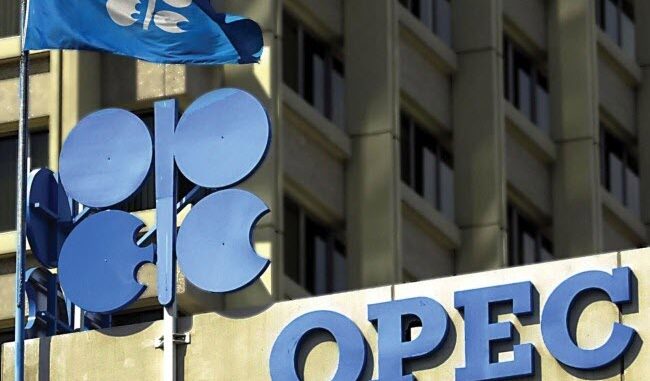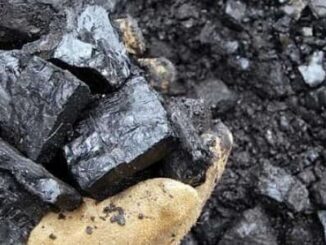
Opec has revised its oil demand forecast for this year further down, because of the impact of the war in Ukraine on the global economy, accelerating rates of inflation and Covid-19 restrictions in China — the world’s largest oil importer.
In its latest Monthly Oil Market Report (MOMR), Opec expects world oil demand growth at 3.4mn b/d in 2022, down by 300,000 b/d from its previous forecast. Demand growth in the first quarter of this year was robust, it said, but it made downward revisions in the subsequent quarters to take into account potential declines in global growth and the resurgence of the Omicron virus in China.
The latter has hit transportation fuel demand, with jet fuel showing the biggest demand contraction in the country in March, according to Opec.
“The asymmetric rise of cases across the country pose some challenges for a complete recovery in the second quarter,” the group said, although it expects mobility to recover in the third quarter.
Opec also expects inflation to weigh on US oil demand in the second quarter of this year, although the summer driving season will bring support later.
The group said “geopolitical challenges” in Europe — namely the war in Ukraine — “will affect commodity flows and may have spill over effects on the region’s economies”.
“The risks for oil demand in 2022 are rather skewed to the downside in line with the economic forecast for the region,” Opec said.
On the supply side, Opec again revised downwards its non-Opec supply growth forecasts, as it cut its projection for Russia’s output further. Opec expects Russian liquids output to increase by 100,000 b/d on the year to average 10.88mn b/d in 2022, a downward revision of 360,000 b/d from previous estimate. This feeds in to its estimate for non-Opec liquids production to increase by 2.4mn b/d to 66.0mn b/d this year, compared with its previous projection for growth of around 2.7mn b/d.
“The main drivers of liquids supply growth for the year are expected to be the US, Brazil, Canada, Kazakhstan, Guyana and Norway,” Opec said. It said there is uncertainty regarding its non-Opec supply growth forecasts, as a result of the war in Ukraine.
“High inflation levels, coupled with labour shortages and tighter monetary policies by major central banks may also impact the cost of oil production and investment levels in the upstream beyond the short term,” it said.
The group has revised its forecast call for its members’ crude slightly up for 2022, by around 100,000 b/d at 29.05mn b/d, which is around 800,000 b/d higher than in 2021.
Opec crude production increased by 153,000 b/d on the month to average 28.65mn b/d in April, according to an average of secondary sources that includes Argus. Saudi Arabia self-reported an increase of 141,000 b/d to 10.4mn b/d, which was roughly around 95,000 b/d above the secondary source average. Iraq self-reported the biggest month-on-month increase, with production up by 282,000 b/d to 4.43mn b/d. This compares with 4.4mn b/d for Iraq as reported by secondary sources.
Source: Argusmedia.com



